USGA Makes U.S. Open a Four Day Event
Decision to go from a three day event, with a 36-hole final round, to a four day event with 18-hole rounds
It is with sorrow that we say goodbye to a legend of the LPGA. Kathy Whitworth, winner of 88 LPGA titles, the most victories in the history of that tour, passed away on Christmas Eve. She was celebrating with family and friends. Her victories spanned nearly a quarter of a century and included six majors, but not a U.S. Women’s Open.
She was the first woman to surpass $1 million in career earnings in 1981, but she said, "I would have swapped being the first to make a million for winning the Open, but it was a consolation which took some of the sting out of not winning."
Kathy Whitworth was a icon of the LPGA and will be missed.
Can’t wait for the return of PGA TOUR action next week in Maui. We’ll have a story from a Tournament of Champions in the past for you next week. Happy New Year!
This week, we document the move by the USGA to make the U.S. Open a four round tournament instead of a three round tournament that ended with 36 holes on Saturday. There were a few reasons for the change, and there was some controversy. Scroll down to read more. Also, check out the Bonus Story that tells the story of a golf sportswriter writing one of most well-known crime stories ever. You also have to see the comments once you click on this week’s Blind Shot.
We love to get feedback! Let us know what you think about Tour Backspin and the stories we tell. Email me at larry@tourbackspin.com, or let me know in the comments.
Listen to The Tour Backspin Show podcast HERE or on Spotify, or on Amazon Music and Apple Podcast.
Congratulations to Tom Brandes for correctly answering last week’s WHAT HOLE IS IT? The featured hole was #10, under a light coating of snow, at Rainier Golf and Country Club in Seattle, WA. Tom beat out one other correct answer. This is the final week of WHAT HOLE IS IT? for this year. We’ll reset the leader board for next week for 2023. Thanks all for playing! Scroll down for your chance to win in this week’s WHAT HOLE IS IT?
We’re playing Kathy Whitworth Trivia this week in the Tour Backspin Quiz. Scroll down to play.
Do you remember finding your first one? Scroll down for this week’s vintage ad.
Did you miss a previous newsletter? You can view it HERE. Forward this email to a friend. Was this newsletter forwarded to you? You can sign up HERE.
Okay, we're on the tee, let's get going.
The Inaugural Four Round U.S. Open
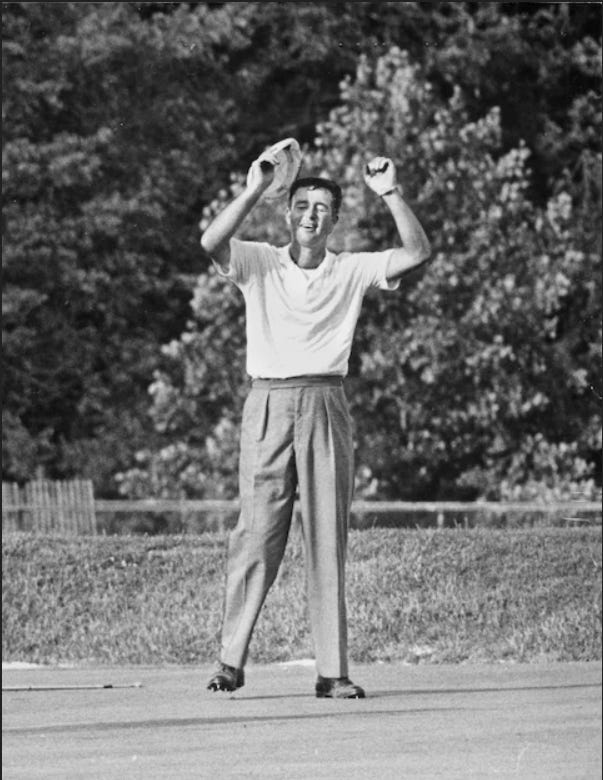
It is an extremely hot day late in the afternoon of Saturday, June 20th, 1964, at the Blue Course of Congressional Country Club in Bethesda, MD. Ken Venturi had just exploded out of a greenside bunker on the 18th hole, his 36th hole of the day. He then made the 10-foot putt for a par and then dropped his putter and brought his hands up to his face as he felt the immense weight of the moment.
“My God, I’ve won the Open,” he said quietly to himself.
The final round, 36 holes played on a Saturday, had been an endurance contest as Venturi fought off the effects of heat stroke that required a doctor to accompany him for the final 18 holes.
The U.S. Open was unique with the 36-hole final round. It was a tradition, but it also meant that the United States Golf Association, who conducted the tournament, was leaving a great deal of money on the table. Lost were the gate receipts that a final 18-hole round on Sunday would have generated. Lost was the television revenues of an additional round at a time that television was ascendant attracting viewers and sponsors.
In an Associated Press report dated January 30, 1965, Joseph C. Dey, USGA Executive Director, announced that the U.S. Open would be changed from a three-day event to a four-day event. At the same time, it was announced that the U.S. Amateur would be changed from match-play to medal play. Dey acknowledged that slow play and television schedules were among the reasons for making the change.
The fact that Ken Venturi risked his life to complete 36-holes in brutal heat also gave the U.S.G.A. the cover it needed to change the event. That didn’t mean it wasn’t controversial — traditionalists opposed the move which would make the National Open just like every other tournament on the schedule.
“Regardless of the heat and the way I felt, I feel that if we hadn’t been forced to finish 36 holes that day, I very well might have lost my momentum and not won the championship.”
Oscar Fraley, writing in the June 1965 issue of Golf Magazine, surveyed the leading players to find out how they felt about the change. The reasons that players either embraced the change or resisted it came down to whether one thought of the final round as an endurance test or simply a test of skill.
Interestingly, Ken Venturi opposed the change.
“Regardless of the heat and the way I felt,” he said in regard to the final round at Congressional, “I feel that if we hadn’t been forced to finish 36 holes that day, I very well might have lost my momentum and not won the championship. I have to hold that endurance in this greatest of all championships should be a main factor.”
Venturi fell into the group that thought that changing the format would just make the U.S. Open “just another tournament.” He also felt that the change would elevate the PGA Championship past the U.S. Open in importance.
“After all, the PGA has a stronger field because it consists entirely of professionals. The Open has a field in which, to be completely honest, many of the amateurs simply don’t belong.”
“If they had really wanted to retain the endurance factor, what they should have done was to go to five rounds.”
Other players disagreed with Venturi. One was Chick Harbert, a former PGA Champion.
“Actually, playing four rounds over four days makes good sense,” he said. “It’s basic economics because of the influence of television, plus the ever greater crowds in attendance. Why should the Open lose a tremendous fourth day gallery?”
But then Harbert added provokingly, “If they had really wanted to retain the endurance factor, what they should have done was to go to five rounds.”
“Just because they had been doing it that way for a long time may not make it right, but I simply liked it that way.”
Dow Finsterwald, another former PGA Champion was staunchly in the traditional faction that opposed the change.
“I liked the difference of the Open,” he stated. “It was the only one left like that and now it just becomes like the others. Just because they had been doing it that way for a long time may not make it right, but I simply liked it that way. After all, I feel that there is something to tradition.”
Ed Furgol, winner of the 1954 U.S. Open and Bobby Nichols, the reigning PGA Champion agreed with Finsterwald and opposed the format change.
“I often wondered why they didn’t do it sooner. Certainly, it will provide more revenue.”
Mike Souchak was in the opposite camp as he was in favor of the change.
“I often wondered why they didn’t do it sooner. Certainly, it will provide more revenue. But beyond that, the players faced with 36 holes paced themselves, for which you couldn’t blame them, but it was one of the reasons for the terribly slow play.”
Frank Stranhan, one of the most physically fit players on tour, said, “I think it is a better format. Too many players didn’t have the endurance for 36 holes under that kind of pressure. When they got going bad, they couldn’t check themselves. This will give them a chance to reorganize and make it a better test all the way around.”
Sam Snead, Cary Middlecoff, Mike Souchak and George Bayer all agreed that the format change would make the tournament better.
So, what happened in 1965, the first U.S. Open to be played over four rounds? Would endurance be eliminated from the skills needed to win? Hardly. Gary Player won that U.S. Open at Bellerive Country Club in an 18-hole playoff against Kel Nagle with the tournament wrapping up on Monday. At least no one had a near-death experience as Ken Venturi did the year before.
Don’t miss this week’s Bonus Story. Oscar Fraley and Elliot Ness, ‘nuff said.
We’ve got 18 songs from 1965 for golfers in this week’s playlist. Listen HERE.
Please help us grow by forwarding this email to a friend who would enjoy it. Thanks.
Enjoy!
Larry Baush
Follow us on Facebook, Instagram, Twitter and YouTube
Tour Backspin Playlist
Thanks for reading! Please let your family, friends and colleagues know they
can sign up for email delivery of this free newsletter through this link.
Bonus Story
Oscar Fraley made his name as a sportswriter, and he covered golf extensively. His career began in 1940 as a reporter for the United Press International. He wrote for UPI, and other publications, up through 1965 and Golf Magazine through the 1970s.
But he may be better known as the co-author of the book The Untouchables with Elliot Ness. The two met in 1956 when Fraley was introduced to Ness by Joe Phelps who was the top salesman for the printing firm where Ness was an executive. The introduction came over drinks and dinner at the Waldorf Astoria in New York City.
As the evening progressed, Ness opened up about his days as a government agent going after mobsters in the 20s and 30s. As the drinks flowed, Fraley sat in slack-jaw amazement as he listened to the stories that Ness weaved.
Near the end of the evening, Phelps had a suggestion for Ness.
“Why don’t you let Fraley write that book for you?” Phelps asked.
The two agreed that that was a splendid idea and began work on the book that would become The Untouchbles. The book was published in the following year and was optioned to Desilu Productions, the production company of Hollywood’s power couple Lucille Ball and Desi Arnaz. CBS aired a two-part Untouchables in 1959 and the popularity of the show led to a movie and a television series. The movie was re-done in 1983 with Kevin Costner playing Ness while Robert De Niro played Capone. Christopher Crowe developed a well-received television revival in 1993.
Both Ness and Fraley led very interesting lives that are depicted in this great long-read 2017 Vanity Fair article penned by Mathew Pearl.
WHAT IS HIP?
Vintage golf fashion is all the rage. Here’s a sampling of the OG outfits from 1965 that inspires the current retro golf fashion trend.
Candy stripe plus-fours and two tone shoes.
A touch of 007 in this outfit.
WHAT HOLE IS IT?
Are you on the leader board?
Tour Backspin Quiz |Kathy Whitworth Trivia
How many times was Kathy Whitworth a runner-up in her career?
Answer below
Pro Pointer
Blind Shot
Click for something fun. 👀
We love to get feedback.
Hello Larry,
Enjoyed your piece on Gary Wiren.
I had the pleasure of caddying for him at Shadow Hills C.C. during the summer of ‘70 of ‘71? (It may have been the Payless Classic.)
I had turned out for my high school golf team in spring of 70’ and our coach made us caddie to learn the game.
I ended up with Gary’s bag and he was very patient and understanding with my lack of golf knowledge. I was nervous but keenly focused on my job and trying to help Gary. On the first hole of the tournament he plugged his approach under the lip of the greenside bunker and made a double. I was freaking out thinking that somehow it was my fault. As we were walking to the next tee he calmly looked at me told me something I have never forgotten and still use today when I am in a tournament.
“Whenever something like that happens to you just remember it is probably happening to everyone else as well”.
He didn’t get upset or angry he took it in stride and moved on to the next shot. I learned a lot that day.
He was attending the University of Oregon getting some type of advanced degree until he moved to Florida in 72.
He was such a nice man. I didn’t have a ride home from the golf course so he gave me a lift home each day, very cool.
Thanks for the article it brought back a great memory for me.
Yours in golf and have a Merry Christmas!
TB
Tour Backspin Quiz Answer:
Kathy Whitworth finished as a runner-up 93 times giving her 181 top-two finishes in her career.


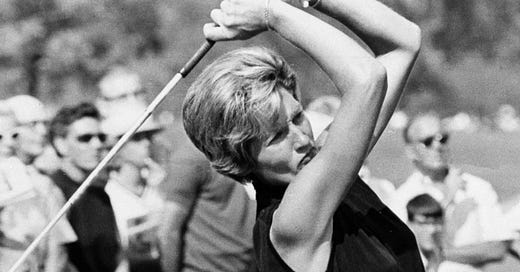




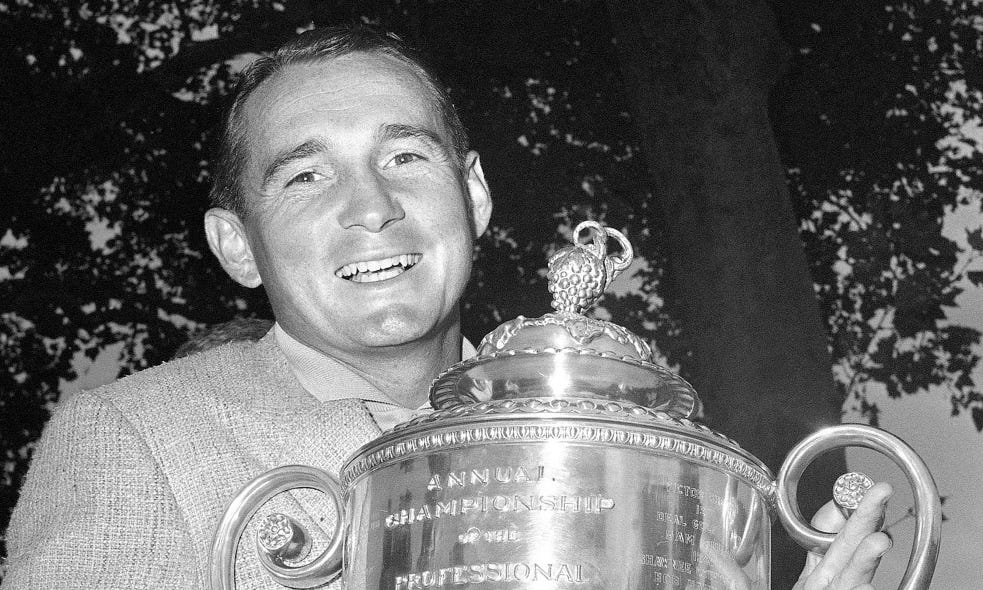
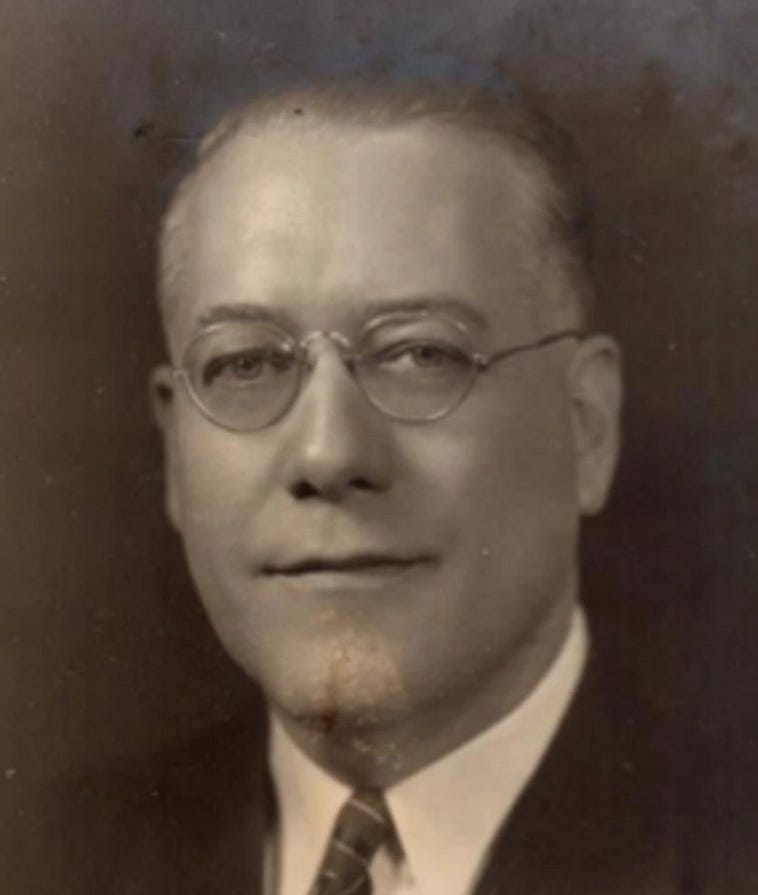


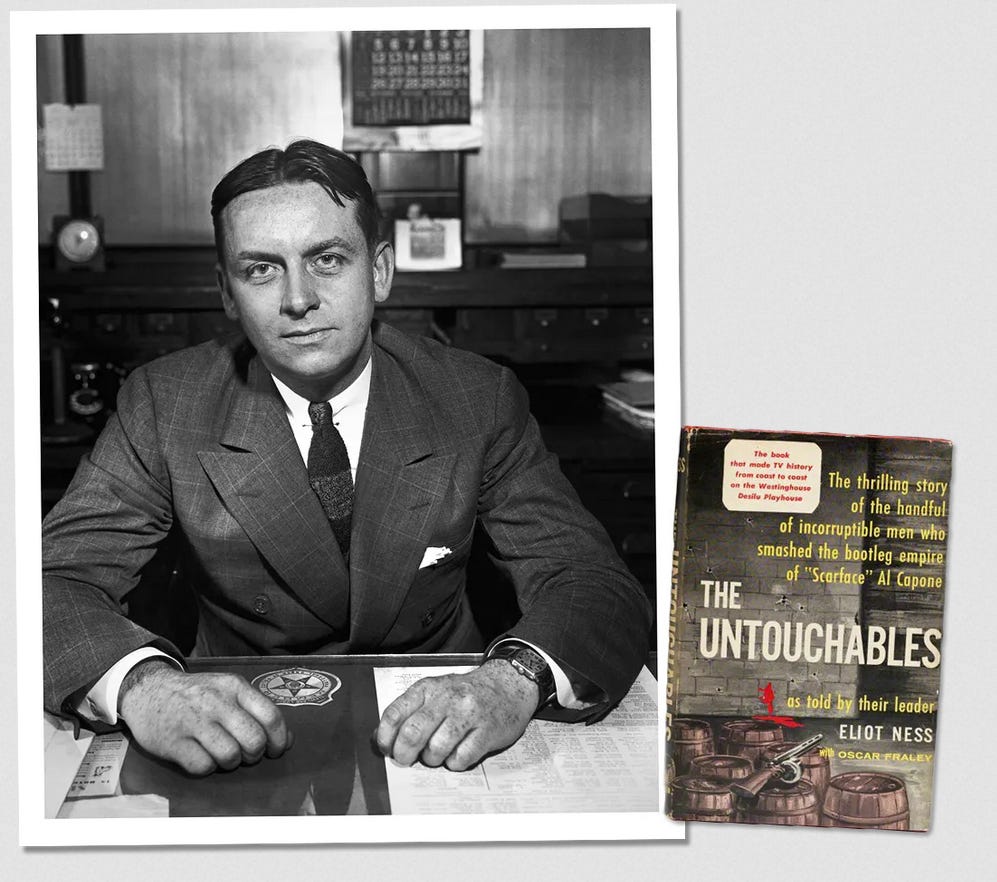
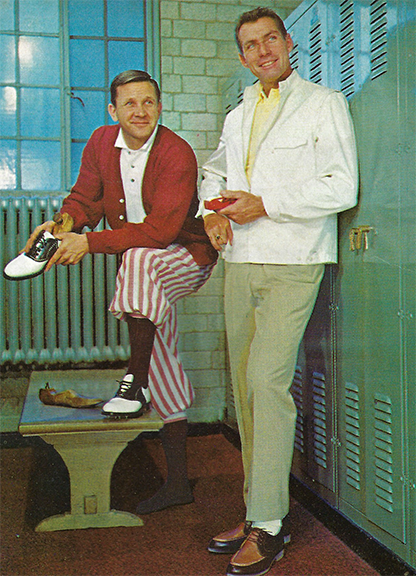
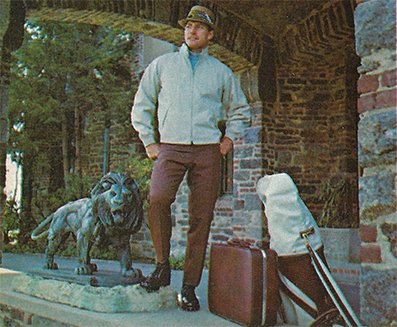


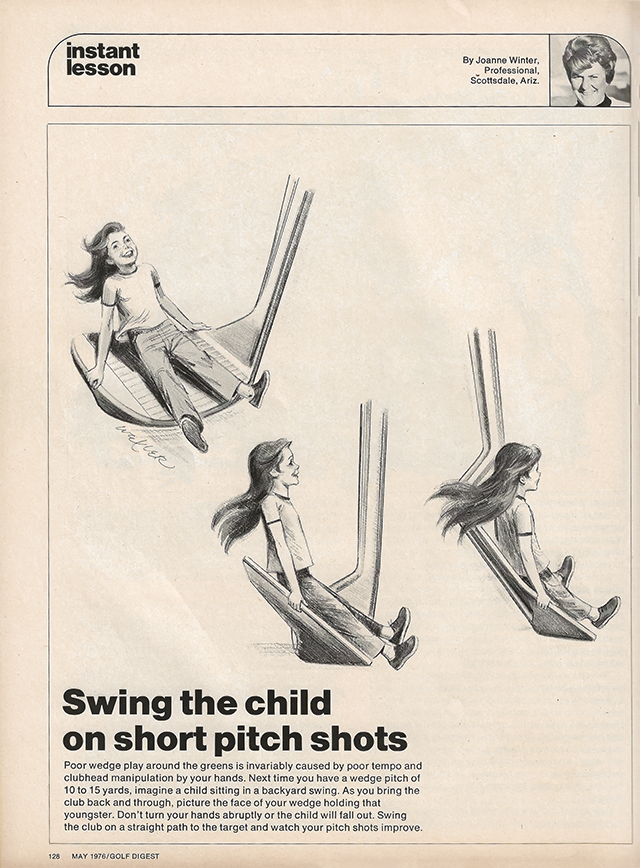

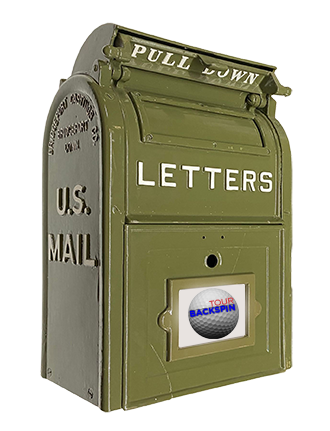
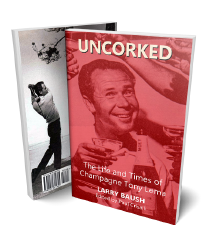
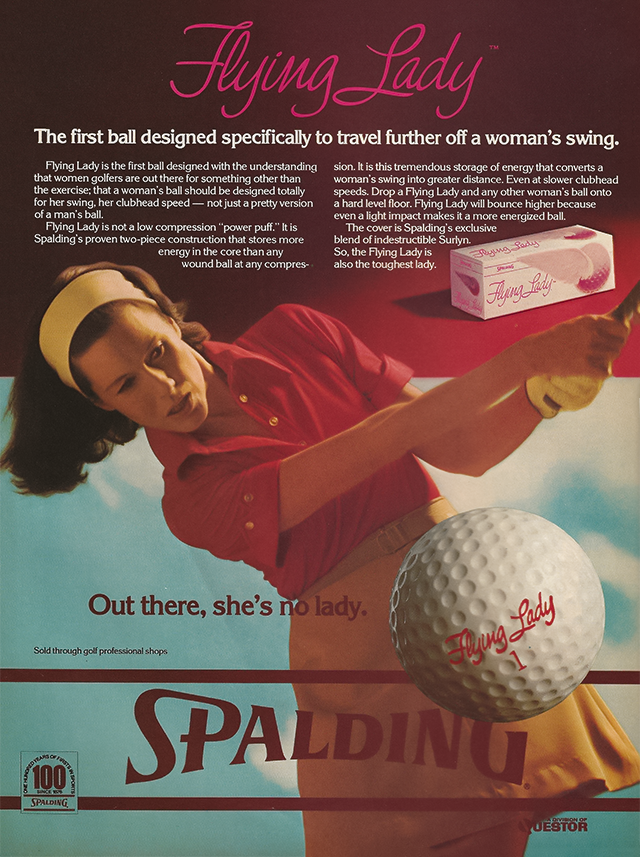
Great content